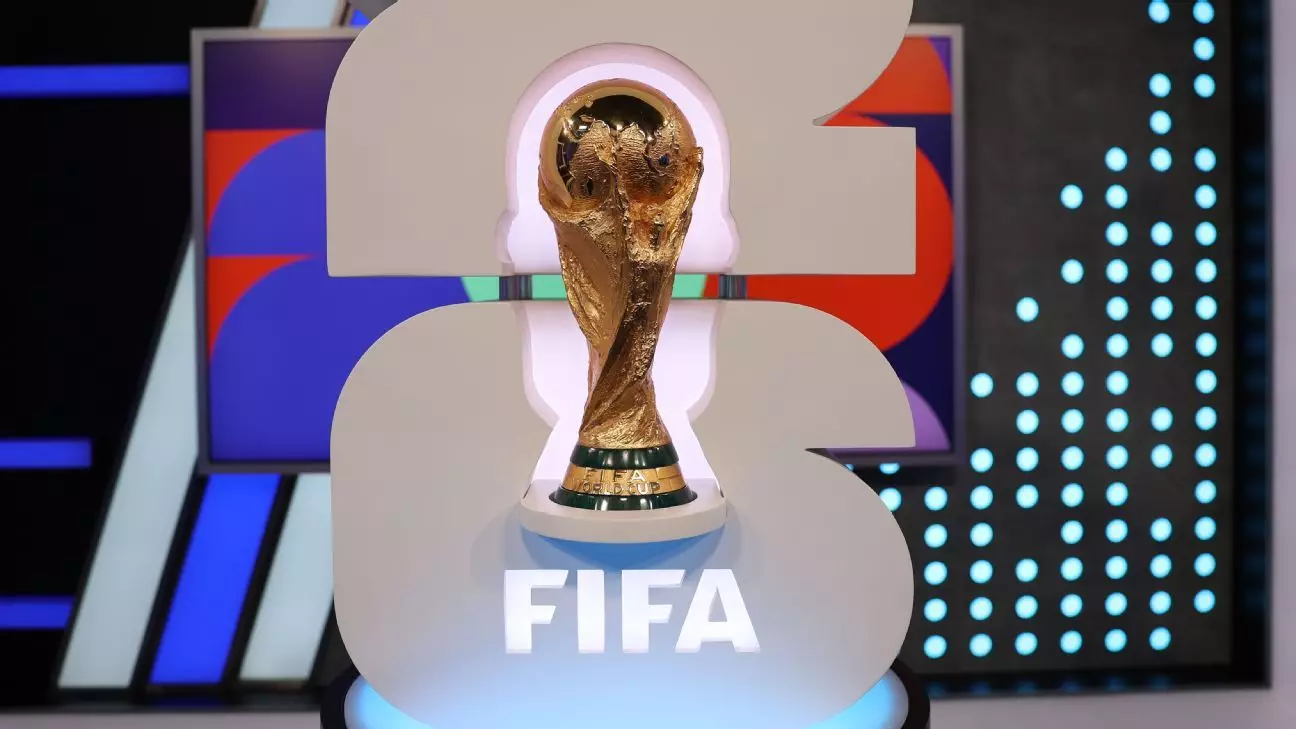As European nations prepare for the upcoming 2026 FIFA World Cup, the excitement surrounding the qualification process is palpable. The World Cup, taking place in the United States, Mexico, and Canada, offers a significant opportunity for nations to showcase their talent on a global stage. The draw set for December 13, 2023, will reveal how these nations will navigate their route to qualification, especially within the UEFA confederation, which boasts a complex but intriguing selection process.
The Draw: A Key Element in Qualification
The significance of the draw cannot be overstated. It determines the groups in which the qualifying teams will compete, affecting their chances of advancement to the prestigious tournament. The top teams, particularly those participating in the UEFA Nations League (UNL) quarterfinals, hold advantageous positions in the draw. These eight squads, including heavyweights such as England and Belgium, will be automatically placed in Pot 1, creating a strategic edge as they prepare to tackle the challenges of the qualification rounds.
However, the draw’s intricacies extend beyond mere placements. Pot divisions are guided primarily by the FIFA World Rankings, and UEFA has made recent updates to ensure fairness within the qualification process. The alterations reflect a conscious effort to maintain a competitive yet equitable environment where the best teams can thrive without undue disadvantage. The removal of previous regulations that could unfairly increase the difficulty of qualification for certain teams illustrates UEFA’s commitment to a more balanced approach.
Understanding Pots and Playoffs
In the context of UEFA, pots categorize teams based on various criteria, principally their FIFA rankings. The teams in Pot 1 will be drawn first, followed by those from Pots 2, 3, 4, and 5. Pot 1’s teams enjoy a significant advantage, as they include the top-ranked nations that are more likely to secure placements in the World Cup.
Among the other pots, teams are further divided into those that have qualified for playoffs (PO) and those that have not. It becomes crucial to unpack the implications this has for overall qualification strategy. For instance, only one PO team can be included in a group of five teams, creating a challenging dynamic for nations that are attempting to balance their qualification goals against the potential unpredictability of their opponents.
With a total of 54 active nations in UEFA, the structure of the qualification rounds sees teams divided into two groups of varying sizes. Six groups will have five nations, while another six will consist of four. The scheduling of matches unfolds over ten international dates, providing teams with ample opportunity to secure points.
The groups are designated as either four-team or five-team configurations, with their structures affecting both qualifying strategies and scheduling. Notably, teams in a five-nation group that include UNL QF or PO teams must ensure a strategic allocation of international dates, emphasizing the need for thorough planning. Consequently, nations must balance their focus on friendly matches while navigating the complexities of the qualifying campaign.
UEFA’s mechanism for determining World Cup participants involves a playoff system, where runners-up from the qualification groups and a selection of UNL group winners vie for the remaining World Cup slots. With an increase in allocated spots from 13 to 16 for the 2026 World Cup, there’s a palpable sense of urgency among teams to secure their places.
The playoff format itself hinges on several determining factors, including overall performance and ranking in both the World Cup qualifying process and the UEFA Nations League. Notably, the playoff rounds introduce an element of unpredictability, as teams that may not have qualified directly can still contend for a spot.
The approach to qualification for the 2026 FIFA World Cup signifies a pivotal shift in how UEFA navigates international competition. The adjustments made in designating pots and seedings illustrate an evolving understanding of balance and fairness that is crucial for maintaining competitive integrity among European teams.
As the draw approaches, the anticipation builds among fans, players, and coaches alike. The outcomes of the draw will undoubtedly shape the paths that European nations embark on in their quest for World Cup glory. As they strategize and prepare for the upcoming challenges, the pathway to the World Cup is not just about talent on the field but also about mastering the nuances of qualification structure that can determine their fate on the world stage. Ultimately, the excitement surrounding the draw reflects a deep-rooted love for the game and the continuing evolution of football in Europe.

